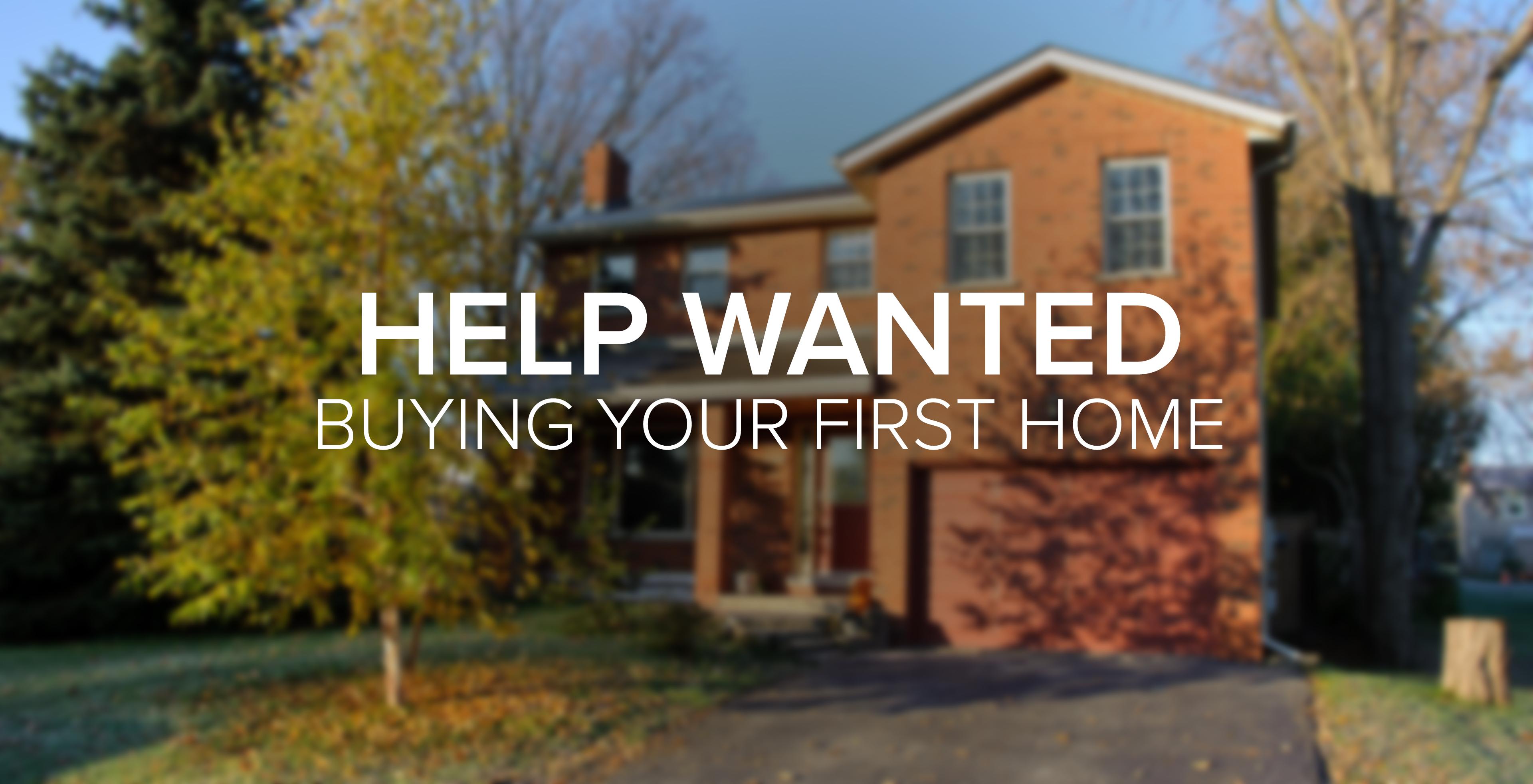
Saving for your first home? Help is on the way.
The last few years have been extremely frustrating for anyone looking to get into their first home. First house prices soared out of sight. Then, when house prices started falling, interest rates headed up, (which largely explains why house prices are falling). To many, the idea of owning a home seems increasingly elusive.
Some help will arrive this year in the form of a new tax-sheltered savings plan – The “Tax-Free First Home Savings Account.” The acronym is FHSA (can someone explain what happened to the T for Tax-free?).
Another government approved plan to help first home buyers has been around since 1992 in the form of the Home Buyer’s Plan (HBP) which is basically a set of rules around the RRSP. Under the HBP you can withdraw up to $35,000 from your RRSP to purchase a qualifying home. The catch is, you need to put it back in your RRSP over the 15 years following your home purchase, or you are subject to income tax on the withdrawal. While the first draft of the FHSA legislation said that the HBP and the FHSA could not be used together, that has been amended which will be good news for some.
The Tax-Free First Home Savings Account is basically the best parts of the RRSP and the TFSA. You get a tax receipt for contributions to the FHSA (like deposits to an RRSP), and when you take the funds out to purchase a qualifying home, they are deemed tax free (like a TFSA). If you were thinking, there’s no free lunch you’d be wrong. This is it. (Of course, you must buy a home to get it.)
You must be at least age 18 years of age to open an FHSA, and you or your spouse cannot have owned a home that either of you lived in for any of the past four calendar years. Deposits are capped at $8,000 per calendar year with a lifetime limit of $40,000. Once an FHSA is opened, if you don’t use all or part of your $8,000 contribution in a year, you can carry-forward the unused amount to future years. Since you don’t accumulate room until the FHSA is opened, it may be smart to open one soon even if you can only make a small contribution so that you start accumulating room. Keep in mind, the FHSA must be used by the earlier of 15 years since opening, or the contributor’s age 71.
A valuable feature of the FHSA will be the linkage to your RRSP. You can move funds from a FHSA into your RRSP which is one answer to the question, “What if I never buy a home?” And you can also move money from your RRSP into your FHSA so long as you adhere to the annual and lifetime contribution limits, which may help you find the dollars to get the FHSA funded.
The most typical application for this account will a young couple, likely in their 20s or 30s, who have never owned a home and wonder if they ever can. Both spouses can open their own FHSAs and make contributions. Deposits are tax deductible in the year they were made, or in a future year, which will be valuable if income is rising. If money is scarce, maybe RRSPs are already open and money can be moved from there. Or, if parents are planning to help, this may be a good place to put that cash. (Note that contributions to a FHSA are only deductible to the account holder and not any other contributor).
Given the $8,000 per year max, it would take at least 5 years to get the account “filled up.” If investments are conservative, say a high interest bank account or GICs, the FHAS FHSA may grow to more than $42,000 in 5 years. For a couple, that’s $84,000 available for a down payment! (This assumes a return of about 2.5%). Can’t do it that fast? No worries, the longer you take (no more than 15 years remember) the more the account can grow – all of it tax free!
This plan beats the Home Buyer’s Plan hands-down. And, if you are lucky, you may be able to use both plans to make that down payment even higher.
The target date for the FHSA is April 1, 2023, but at the writing of this blog, that remains uncertain. It’s possible that some of the rules may be tweaked prior to this plan going live, and there are rules, not discussed here, that may or may not come into play depending on your situation. A discussion with your financial planner, or closer examination on the Government of Canada website (https://www.canada.ca/en/department-finance/news/2022/08/design-of-the-tax-free-first-home-savings-account.html) is recommended before you jump in.
The bottom line is this: if you hope to buy a home and you qualify as a first-time home buyer, it’s hard to find scenarios in which this new account won’t be the best thing you can do. Essentially, the government is providing you with an option to pay no tax on income or the growth on that income if it is dedicated to purchasing your first home.
For many, the FHSA may be what moves the dream of owning a home into reality.
William Bell
